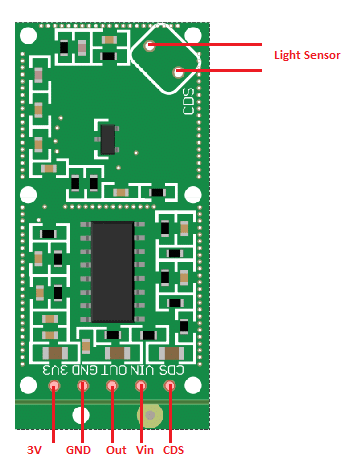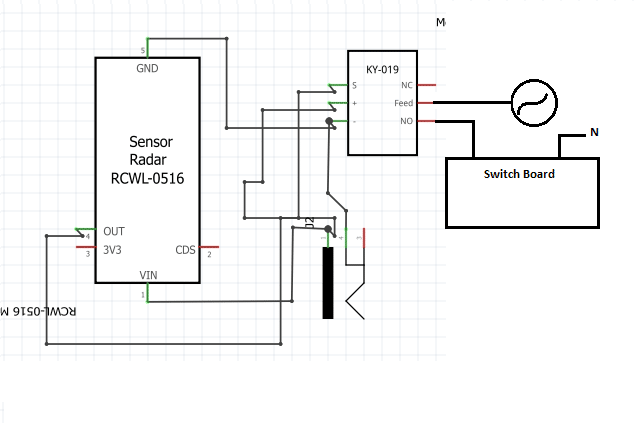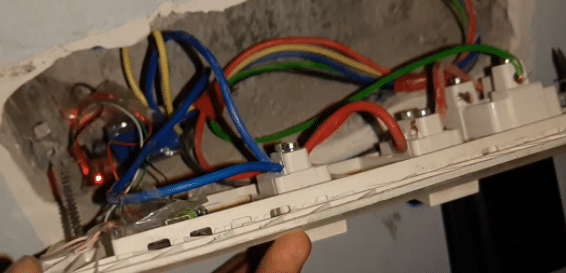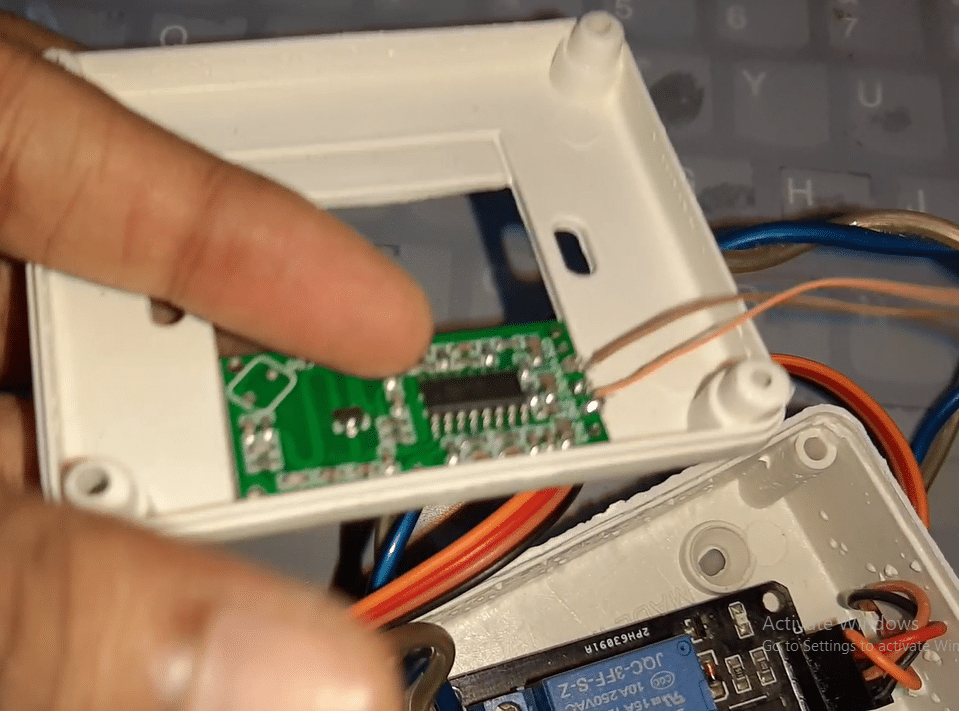 When it comes to the safety of children near electric sockets at home, many cases of accidents occur due to electric shocks. Although protection systems are adequately placed in such outlets, they, unfortunately, fail during daylight as these systems consist of proximity sensors. These PIR motion sensors rely on IR and ambient light to get affected. Although quite accurate, they cannot distinguish between artificial light and natural light (which is abundantly present during the day). For better reliability, PIR or IR proximity sensors are unsuitable.
When it comes to the safety of children near electric sockets at home, many cases of accidents occur due to electric shocks. Although protection systems are adequately placed in such outlets, they, unfortunately, fail during daylight as these systems consist of proximity sensors. These PIR motion sensors rely on IR and ambient light to get affected. Although quite accurate, they cannot distinguish between artificial light and natural light (which is abundantly present during the day). For better reliability, PIR or IR proximity sensors are unsuitable.
So, in this project, you will learn to make an Electric Shock System safety system that uses microwave technology to detect children approaching electric sockets. On detecting their presence, the electric circuit connected to the power outlets will automatically turn off, thus protecting the children from any electric shock. The incorporated safety Electric Shock Protection system will also trigger an alarm or alert.
But isn’t microwave radiation harmful to humans? Not necessarily. The microwave radar used in this project is of very low power. Its radiations are in the order of a few milliwatts – much below the threshold limit of 4 watts per kilogram (W/kg) for adverse health effects to occur. As can be read here, very low RF levels from radar systems cannot cause any significant temperature rise in the human body and thus no issues develop when exposed to RF levels that are below the limits set by international standards.
Now that we have everything cleared up, let’s begin.
Bill Of Material for Microwave Radar Based Electric Shock Protection

Working
The radar used here works on microwave induction. The emitted microwaves can penetrate through thin plastic and ceramic materials. Therefore, it can be effectively placed behind the electric socket board. The microwaves received by the radar (that is connected to a relay) determines the location of the external object and takes necessary action. So when the radar senses a human presence, it triggers the relay plunger to move and cut off the socket power, thus preventing any mishap. When there is no human presence detected, the electric flow resumes. By using microwaves, accurate detection can be achieved irrespective of the external lighting conditions.
RCWL – 0516 radar pinouts
The RCWL – 0516 microwave radar has 5 pins but uses only 4: Vin, GND, 3V and OUT. Make sure to connect the OUT pin to Arduino so that a microwave signal output gets transmitted whenever any human comes within the microwave field.

Connection
Connect the microwave radar as shown in the circuit diagram.

| Microwave Radar | Relay |
| Vin | VCC |
| GND | GND |
| OUT | IN 1 |
| 3V | +ve LED Pin |


Testing

Place the relay and sensor behind the socket board and power everything. Whenever a finger is put inside the socket or any body part comes close to it, the power flowing through the circuit in the electric socket will be cut off to avoid an electric shock. However, when you move away from the board and out of the microwave induction field, power flowing through the circuit in the electric socket will automatically turn on.






